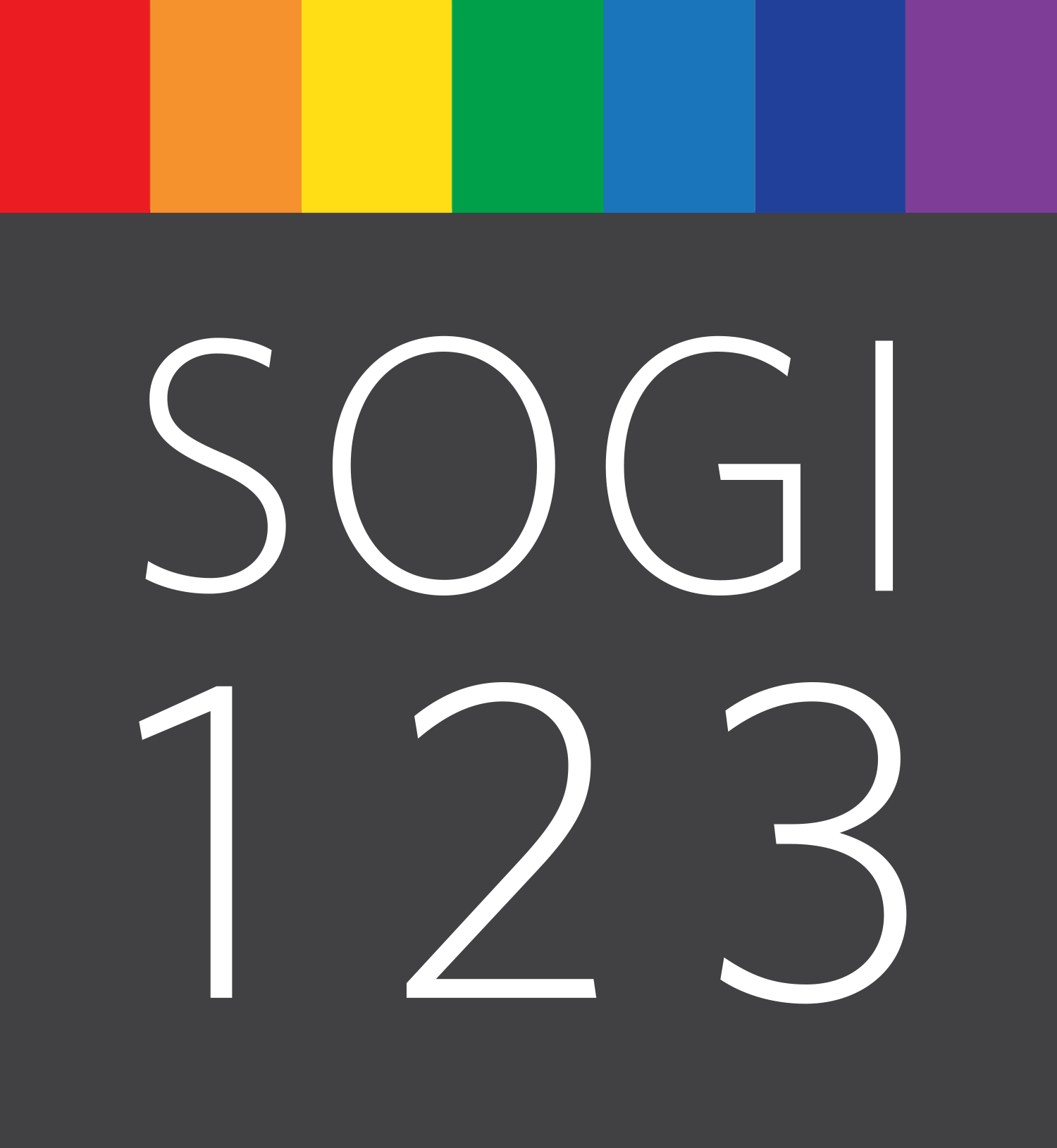
Overview
Storybooks are an excellent way to learn about ourselves as well as the world around us. By incorporating books with gender-diverse characters in the classroom, students will appreciate the gender spectrum, fluidity, and the use of gender pronouns. Students who do not identify within a rigid gender binary or with the gender they were assigned at birth may feel validated by seeing their lived experience respectfully represented in the classroom.
Everyone has a unique story to share. Stories help us learn about ourselves, our families, and other people. Curiosity and wonder leads us to new discoveries about ourselves and the world around us. By reading 10,000 Dresses, we build personal and social competency, respect for difference and acknowledgement of gender diversity and gender identity.
Curriculum References
K-3 ENGLISH LANGUAGE ARTS
Big Ideas: Stories help us learn about ourselves, our families and our communities; Stories can be understood from different perspectives; Curiosity and wonder lead to discoveries about ourselves and the world around us
Curricular Competencies: Comprehend and connect: explain the role that story plays in personal, family and community; Create and communicate: exchange ideas and perspectives to build shared understanding; Engage actively as listeners, viewers, and readers to develop understanding of self, identity, and community (K/1/2/3); Recognize the importance of story in personal, family, and community identity (K/1); Demonstrate awareness of (2) / Explain (3) the role that story plays in personal, family, and community identity; Use personal experience and knowledge to connect to stories and other texts to make meaning (2/3)
Content: Functions and genres of stories and other text; Personal Awareness & Responsibility: a. I can sometimes recognize emotions. b. I can use strategies that increase my feeling of well-being and help me manage my feelings and emotions; Social Responsibility: a. I can participate in classroom and group activities to improve the classroom, school, community, or natural world. b. I can demonstrate respectful and inclusive behaviour. c. I am aware of how others may feel and take steps to help them feel included.
K-3 SOCIAL STUDIES
Big Ideas: Local actions have global consequences and global actions have local consequences; Individuals have rights and responsibilities as global citizens
Curricular Competencies: Explore the ways in which individuals differ and are the same (K); Explore different perspectives on people, places, issues, or events in their lives (1); Explain why people’s beliefs, values, worldviews, experiences, and roles give them different perspectives on people, places, issues or events (2/3)
Content: Diverse characteristics of communities and cultures in Canada and around the world; Rights and responsibilities of individuals regionally and globally; Roles and responsibilities of regional governments; How people’s needs and wants are met in communities
PHYSICAL HEALTH EDUCATION, K-3
Big Ideas: Our physical, emotional and mental health are interconnected
Curricular Competencies: Identify and adopt strategies that promote mental well-being; Identify and describe feeling and worries along with strategies for dealing with them; Identify personal skills, interests and preferences and describe how they influence self-identify
Content: Managing and expressing emotions; Factors that influence self-identity
